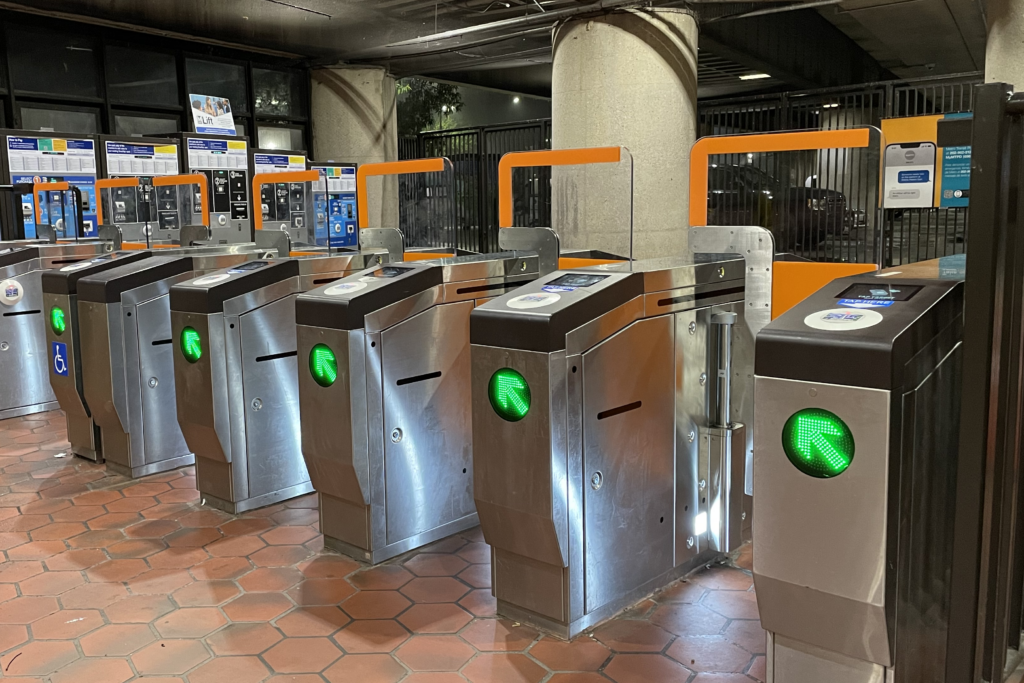This video is no longer available.
Metro will begin to rollout new fare gates designed to stop fare evaders who jump over and pull up gate bars.
The new L-shaped polycarbonate gates are higher and stronger than the orange crescents you’re used to seeing.
The new 55-inch tall doors were installed overnight at the Fort Totten Metro station on the Red Line in Northeast D.C., greeting riders on their commute Tuesday. The fare gates will also be installed at the Pentagon City station.
The main goal for the new installations is to deter gate jumpers and other fare evaders.
“Over the past several months, our team has been testing different prototypes to get to this final design. We have already seen a reduction in fare evasion and expect the higher gates will be more of a deterrent,” Metro CEO and General Manager Randy Clarke said in a news release.
“The bottom line is fare evasion is not okay, and we will continue our efforts to ensure everyone is respecting the community’s system and each other.”
WTOP’s Luke Lukert visited the Fort Totten station Tuesday morning to see commuters’ reactions to the new barriers. He reported still seeing people attempting to “jump through [and] shimmy in between” the gates.
One person was immediately detained by Metro police after attempting to go through the handicap doors. It is unclear if he was arrested following the interaction.
The new gates come with stricter enforcement as Metro aims to cut down on an estimated $40 million loss per year they face due to fare evasion.

The first phase of the installations will take place at Bethesda, Vienna, Mt. Vernon Square, Addison Road, Congress Heights, Wheaton, Federal Center SW, and Court House stations, according to a news release.
The cost to ride Metro trains ranges from $1-6 per trip. The transit system has reduced fare services for seniors, those with disabilities, low-income riders and out-of-town visitors.
There are also signs posted around stations with the hefty fines for those who jump the faregates. Metro Transit Police will continue to dish out civil fines ranging from $50 to $100 if they catch someone evading the train fare.
In March, Metro tested “saloon door” prototypes of new fare gates before deciding on the new installation.








